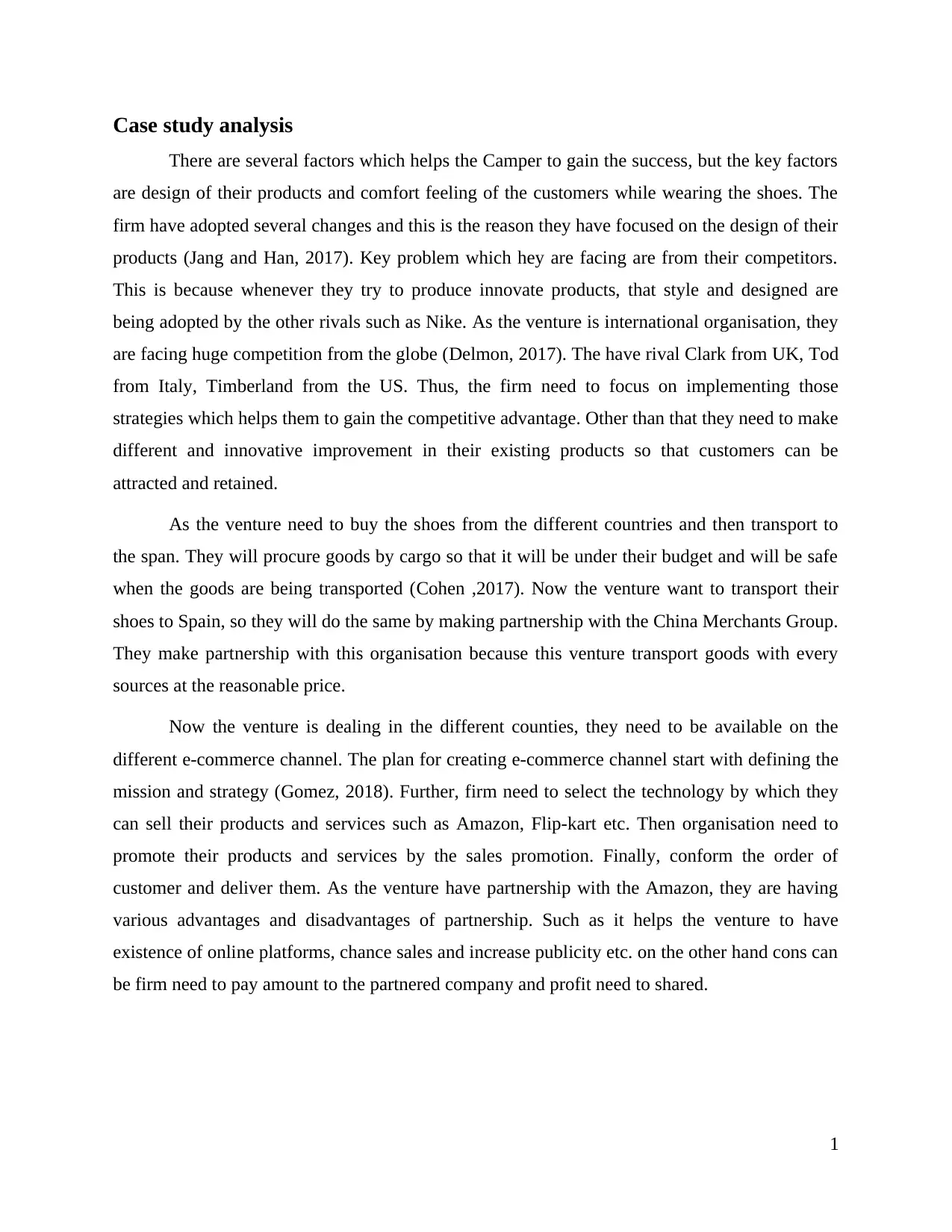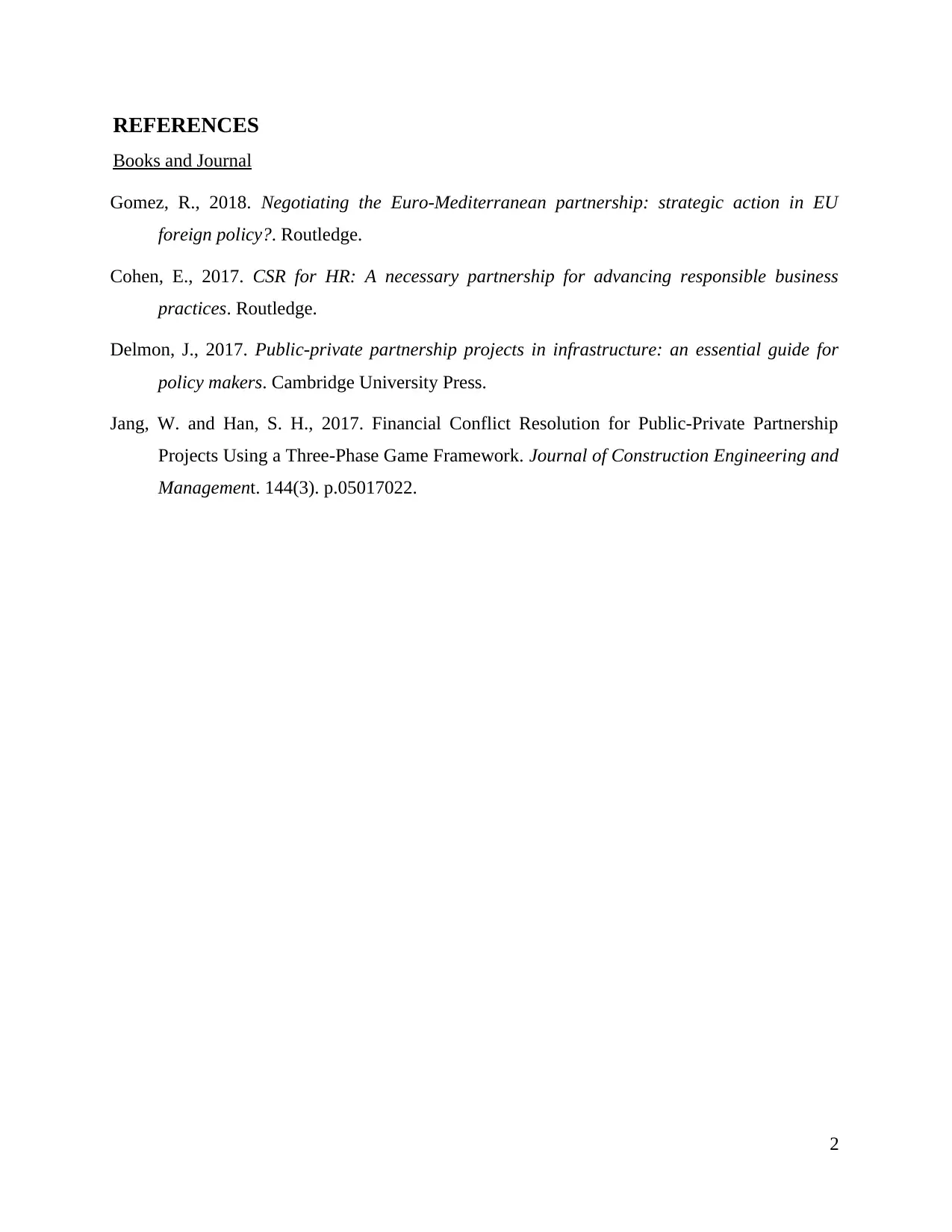Case Study Analysis: Camper's Strategic Partnerships and Growth
VerifiedAdded on 2020/07/22
|4
|546
|54
Case Study
AI Summary
This case study analysis examines the business strategies of Camper, focusing on their product design, market challenges, and strategic partnerships. The analysis highlights Camper's emphasis on product design and comfort, which contributes to their success. The company faces competition from global rivals and addresses this through innovative product development and strategic partnerships, such as those with Amazon and China Merchants Group. The case study explores Camper's e-commerce initiatives, emphasizing the importance of selecting appropriate technology platforms and implementing effective sales promotion strategies. The analysis also touches upon the advantages and disadvantages of partnering with e-commerce platforms like Amazon. The study references academic sources to support its findings, providing a comprehensive overview of Camper's operations and strategic decisions within a global market context.
1 out of 4











![[object Object]](/_next/static/media/star-bottom.7253800d.svg)